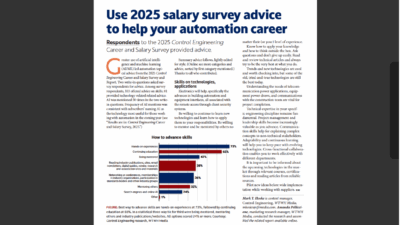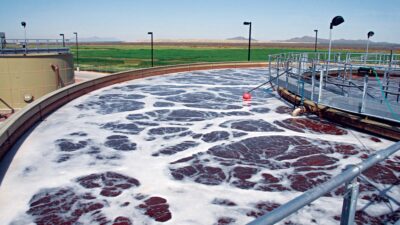How one chemical plant navigated a complex control system upgrade to improve safety, efficiency and future readiness
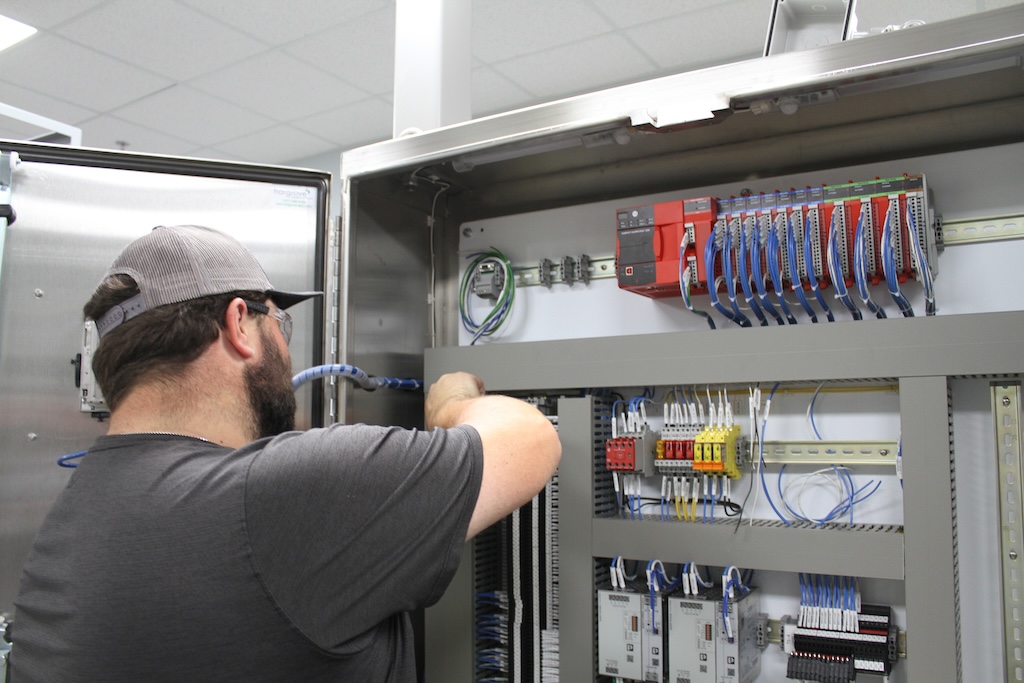
DCS migration insights
- A plant needed to migrate from its obsolete 1980s DCS to a modern system to avoid loss of support and improve usability.
- Hargrove managed the migration by creating a detailed functional design specification, cleaning legacy code and performing a seamless “hot cutover” to keep critical I/O running.
- The new DCS provided user-friendly interfaces, reduced maintenance and enabled Industry 4.0 integration, delivering long-term efficiency and training benefits.
A chemical manufacturing plant faced an impending loss of support for the distributed control system (DCS) used in one of its manufacturing facilities, prompting them to upgrade to a new control platform. They turned to Hargrove Controls & Automation to help plan and execute the challenging migration, including the need to keep specific critical safety and process I/O online throughout the changeover.
A chemical manufacturing plant produces organic compounds that serve as the basis for a wide range of industrial and consumer products. Until recently, this plant was operating with a DCS that dated back to the 1980s. While the legacy system was effective for controlling the process, its outdated interface and operating system made it difficult to use. Finding personnel who had experience with the old DCS had also become challenging due to hardware and software obsolescence.
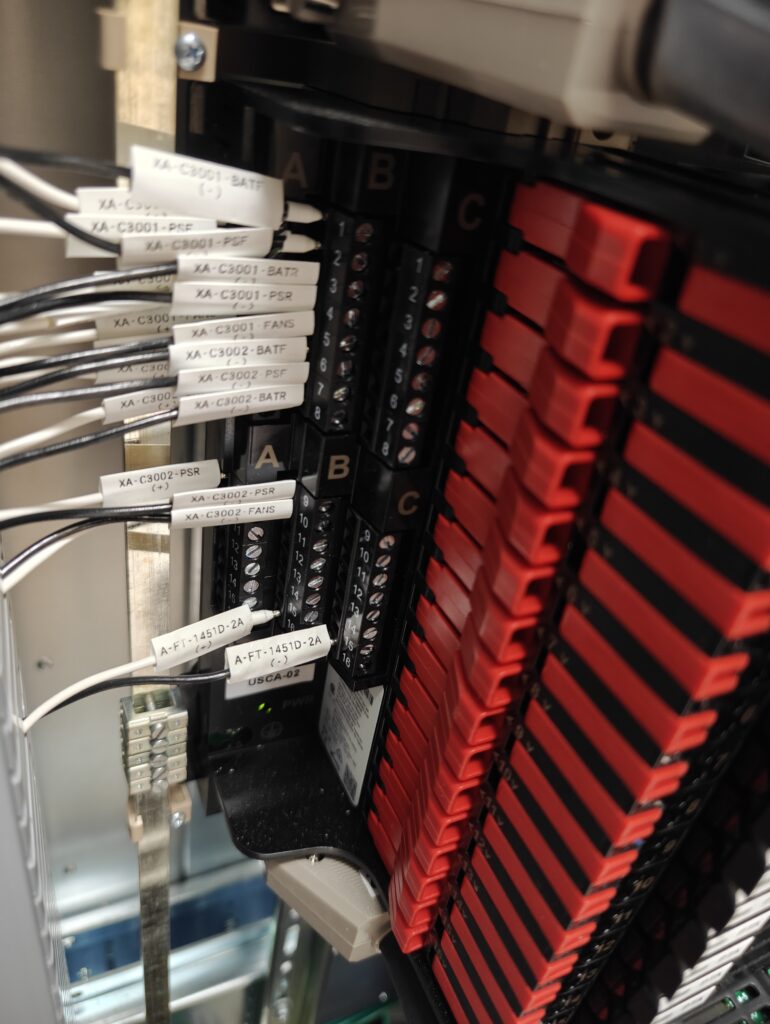
When the chemical manufacturing company learned that support for the old DCS would soon be discontinued, they decided to migrate to a newer DCS platform. Not only would the new system be more user-friendly and improve operator efficiency, but it would also make it easier to find operators and maintenance personnel who had experience with the plant’s control system.
With an experienced team of process engineers, programmers and project managers, Hargrove was able to guide the entire migration, from the field study to post-startup support, ensuring that each phase ran smoothly and efficiently.
Getting to the “heart” of the system
The first step was to develop a functional design specification (FDS), which outlined the design of the entire system, including hardware, software and the control narrative for the process. Creating a functional design specification also helped bring to light items that could pose a challenge during the migration and allowed the team to address those up-front.
The control narrative, which is a core part of the functional design specification, is considered the “heart” of the system. Project managers and programmers put special emphasis on understanding the plant’s processes and functions to ensure the control narrative was complete and accurate for a smooth migration.
Because the legacy DCS had been in place for several decades, the control narrative was also used as a middle point between the legacy platform and the new one. In other words, as the new control platform was being prepared and implemented, it was validated against the control narrative, rather than the legacy system itself. This made it easier to troubleshoot any issues and verify the new system’s functionality.
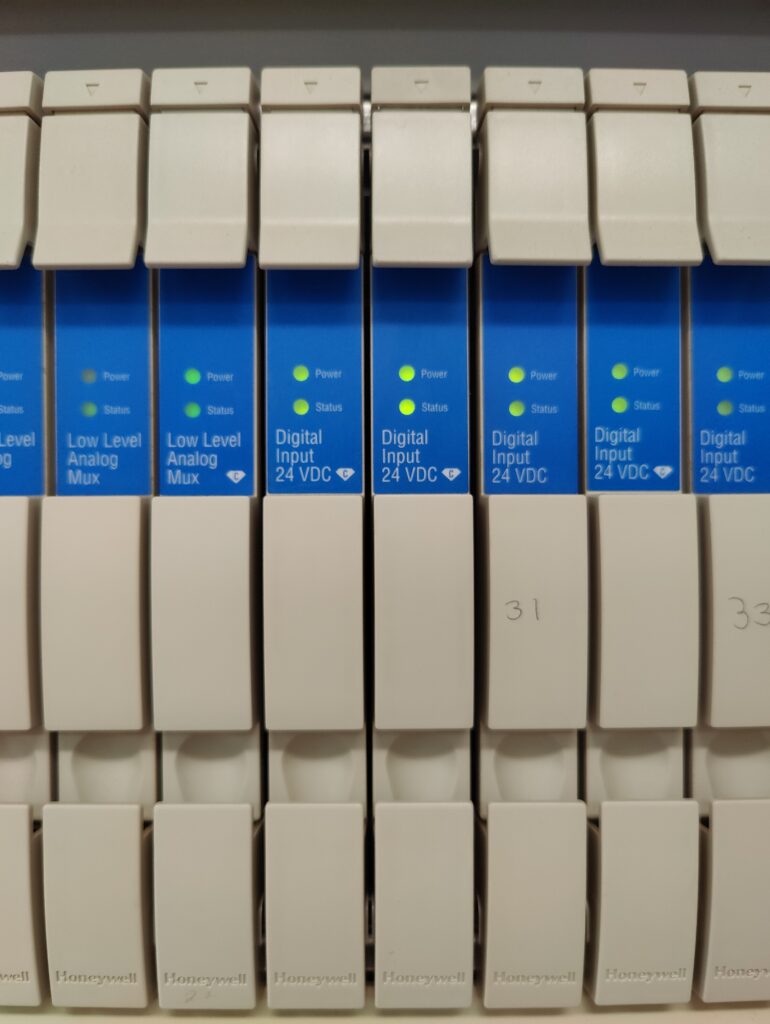
One challenge that arose when creating the control narrative was obsolete legacy code. Over time, various pieces of code had been added and then later disabled. For example, the disabled code might have been used for a short-term testing scenario or for an instrument that had since been removed. Regardless of the reason, this unnecessary code made the control program difficult to interpret and troubleshoot. It was necessary to fully understand the customer’s process to successfully identify and remove the inactive code, providing an accurate control narrative.
The migration: Keeping critical I/O running seamlessly
Once the functional design specification, including the control narrative, was approved by the client, this became the guide for programming and setup of the new DCS platform, which presented several more obstacles.
The first step was to ensure that multiple I/O points for safety systems or critical processes remained active during the estimated 10-day cutover period. To address this issue, the Hargrove team performed a “hot cutover” of the critical I/O.
For the hot cutover items, the team installed the new DCS I/O for the critical systems and then ran this new I/O in parallel with the legacy system as they spun up, or commissioned, the full, new DCS platform.
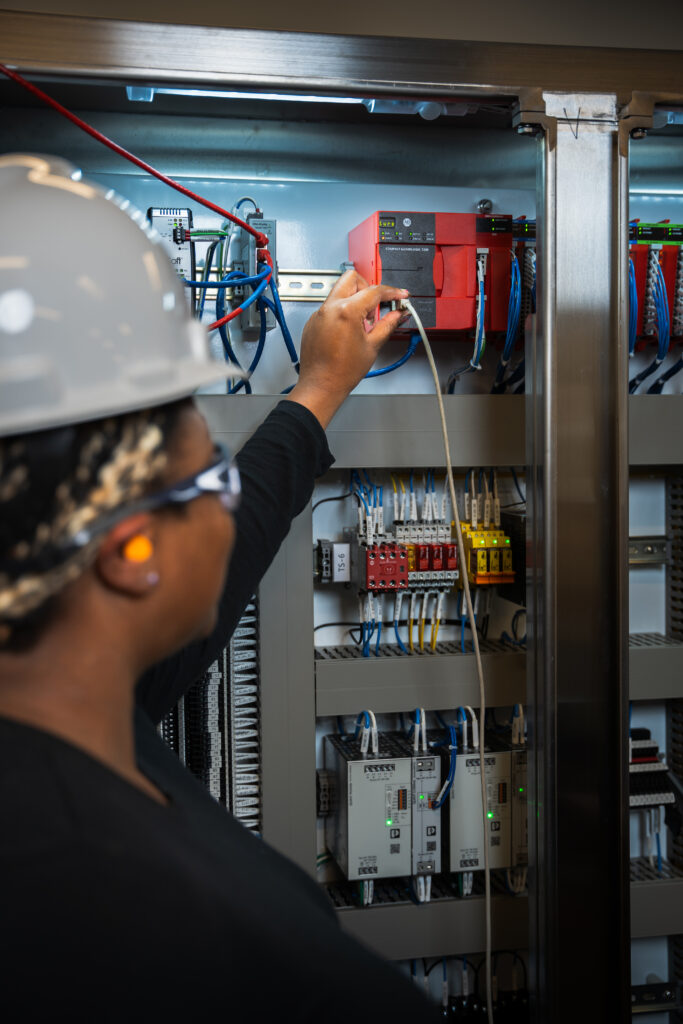
This approach ensured uninterrupted operation of the critical safety and process I/O throughout the migration. The remaining I/O followed the standard conversion process. For this part of the migration, integrators accessed the chemical manufacturing company’s smart plant instrumentation (SPI) database, which serves as the plant’s centralized repository for instrumentation data rather than relying on traditional CAD drawings. The team obtained secure VPN access and edited the database directly to update I/O points and associated documentation. This approach ensured accurate verification of I/O connection points while streamlining the process, allowing them to avoid lifting and landing the I/O for items not included in the hot cutover.
The result: A user-friendly DCS capable of Industry 4.0 integration
When migrating from a 40-year-old control system to a new, modern platform, the most apparent and immediate benefit is user-friendliness. Case in point: For this migration, the new DCS platform provided a significant upgrade to the human machine interface (HMI). The new HMI is based on the abnormal situation management (ASM) standard, which provides more intuitive and visible alarms and warnings so operators can make decisions and act quickly, potentially avoiding downtime in a process or operation. The new DCS has also reduced both routine and unplanned maintenance requirements.
Implementing the new system also opened possibilities for Industry 4.0 integration that were difficult or, in some cases, impossible with the legacy system. Considering the costs and resources that the migration necessitated, it could have been tempting for the chemical manufacturer to write a program to convert their control code over to a new system. But newer systems that support digital transformation and Industry 4.0 initiatives offer significant benefits for operational efficiency and effectiveness over the long term, providing additional justification for the project.
Along with the successful startup of the new DCS platform, providers can offer several value-add services that support both the migration and the ongoing operation of the new DCS platform. Hargrove partnered closely with the chemical manufacturing company to help specify, validate and procure the necessary vendor hardware and software. Creating a single point of contact between the chemical manufacturer and vendor helped streamline procurement, ensure compatibility of system components and provide a more cost-effective solution than direct procurement alone.
They also developed documentation related to the migration and operation of the new system, including loop sheets, hot cutover procedures and drawings. In addition, the team provided hardware for the operator training system, so new employees now have the necessary resources to learn, operate and troubleshoot the new DCS platform.
AUTHORS
Nitin Gupta has more than 20 years of experience delivering technical projects budgeted up to $5 million-plus. He uses his international experience to manage, mentor and inspire world-class teams to outpace individual growth goals. He designs and deploys robust plans and strategies to ensure transparency and cohesion across all levels of business engagement.
Sean J. Phillips has more than 10 years of experience and is a certified Hargrove project manager. His expertise includes project management, control system troubleshooting and configuration, business management and customer service. Phillips is a member of Control Engineering’s Engineering Leaders Under 40 Class of 2022 and received the 2023 Rising Star Award, part of the Control System Integrators Association (CSIA) Executive Conference’s annual awards that recognize member contributions to the industry.
Angelo Rabano has more than five years of experience in the pulp and paper industry. He has served as a process controls engineer supporting a Honeywell Experion DCS system for a linerboard machine and recycle plant. He is certified in Experion fundamentals from Honeywell Automation College. He has served as a process engineer identifying cost reduction and process optimization opportunities in steam and power generation and paper machine areas. Rabano is a member of Control Engineering’s Engineering Leaders Under 40 Class of 2024.
LEARNING OBJECTIVES
- Understanding the challenges of legacy systems and learning how to overcome them.
- Learning the many different phases of DCS migration.
- Understanding how a successful DCS Migration can benefit manufacturers.
CONSIDER THIS
How can we design a DCS migration plan that ensures uninterrupted critical operations while positioning the plant for future Industry 4.0 integration?

